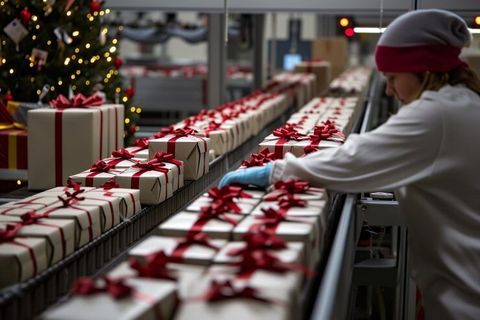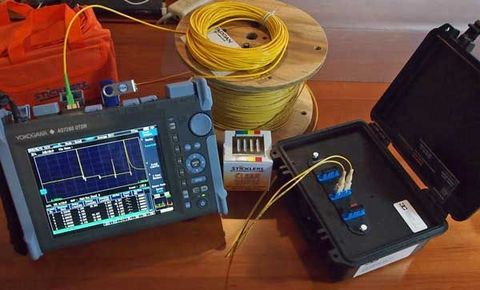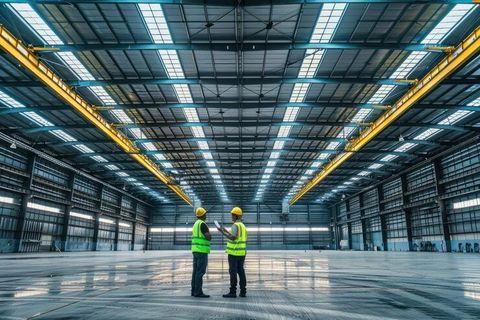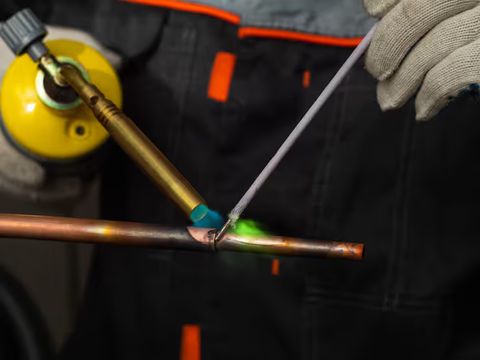Discover Packaging Machines: A Comprehensive Guide with Helpful Information
Packaging machines are mechanical systems designed to prepare, wrap, seal, and organize products for distribution. They exist because industries require efficient methods to protect goods, extend shelf life, and maintain product quality during storage and transportation. These machines handle a wide range of tasks such as filling, labeling, sealing, and palletizing, ensuring that products reach consumers or businesses safely and in suitable condition.
Modern packaging solutions serve multiple sectors, including food processing, pharmaceuticals, cosmetics, electronics, and household goods. Packaging machinery reduces manual labor, improves product uniformity, and ensures hygiene where required. Without these technologies, large-scale and rapid product distribution would be difficult to achieve.

Importance
Packaging machines support global trade and daily industry functions. They matter today because:
-
Consumer safety relies on proper sealing and hygiene
Especially in food and medicine, packaging prevents contamination and spoilage. -
Efficiency improves production capacity
Automated systems process large quantities faster than manual packaging. -
Standardization ensures consistency
Products look uniform, enhancing presentation and reducing packaging errors. -
Reduces product waste
Secure packaging decreases damage during transport and storage.
Industries that benefit most include manufacturing plants, logistics companies, retail distribution, and e-commerce fulfillment operations. Packaging machines also solve problems like human fatigue, inaccurate measurements, and inconsistent sealing quality.
Recent Updates
The past year (2024–2025) brought several notable developments in packaging technology as industries shifted toward automation, sustainability, and digital integration:
-
Smart automation (2025): Machines featuring sensors, AI, and machine-learning algorithms improve precision and detect packaging issues early.
-
Eco-friendly materials (2024): Increased use of biodegradable and recyclable packaging compatible with automated systems.
-
Remote monitoring upgrades (2025): Many machines now connect to cloud dashboards, allowing technicians to track performance in real-time.
-
Robotic pick-and-place innovations (2025): Integration of robotic arms for sorting and palletizing products improves speed and accuracy.
-
Flexible packaging demand (2024): Lightweight pouches, films, and wrap packaging are gaining popularity due to material efficiency.
These shifts highlight the growing adoption of digital transformation and sustainability within manufacturing environments.
Laws or Policies
Packaging machines operate under several global rules and safety standards to ensure consumer protection, product quality, and operator safety. Regulations can vary by region but generally include:
-
Food safety standards: Agencies such as FDA (United States) and EFSA (European Union) regulate machines used for food contact and hygienic packaging.
-
Pharmaceutical compliance: Packaging equipment that handles medicines must follow Good Manufacturing Practices (GMP).
-
Machinery safety directives: The European Machinery Directive (2006/42/EC) defines safety requirements for design and operation.
-
Environmental packaging policies: Many governments encourage recyclable or reduced-plastic packaging, influencing machine design and material compatibility.
-
Occupational safety guidelines: OSHA and similar regulatory bodies require safe operating conditions, emergency stops, and labeling of moving parts.
These regulations help maintain safety and consistency across global manufacturing processes.
Tools and Resources
Several tools and digital platforms support understanding, planning, and operating packaging machinery efficiently. Helpful resources include:
-
Packaging line simulation software
Used for modeling layout and throughput before machine setup. -
Workflow optimization tools
Programs like lean manufacturing calculators for estimating cycle time and efficiency. -
Material compatibility databases
Provide reference information for selecting films, cartons, or sealing materials. -
Online training modules
Engineering and manufacturing institutions offer packaging automation courses. -
Technical manuals and industry standards
Provide setup instructions, maintenance schedules, and troubleshooting references.
These resources help technicians, engineers, and students gain practical understanding and make informed decisions.
FAQs
What is a packaging machine used for?
A packaging machine prepares and secures products for storage, shipment, or retail display. Tasks may include filling, wrapping, sealing, coding, and labeling.
Are packaging machines fully automated?
Some are fully automated while others operate semi-automatically with human oversight. Automation level depends on industry needs and production volume.
Which industries use packaging machines the most?
Food, beverage, pharmaceuticals, cosmetics, household goods, and electronics are among the primary users of packaging equipment.
How do packaging machines help reduce waste?
They provide consistent sealing and portioning, which prevents product loss, contamination, and damage during transit.
Can packaging machines support eco-friendly materials?
Yes, many modern machines are designed for recyclable films, paper-based packs, and biodegradable materials.
Conclusion
Packaging machines are essential to the movement of goods across the world. They maintain product quality, improve efficiency, reduce contamination risks, and support large-scale production. Technological advances such as smart automation, remote monitoring, and sustainable packaging options show how quickly the industry is evolving.
Regulations across manufacturing sectors ensure that packaging remains safe, hygienic, and environmentally responsible. With helpful tools, digital workflows, and industry standards, businesses and professionals can better understand and apply packaging technology in modern operations.







